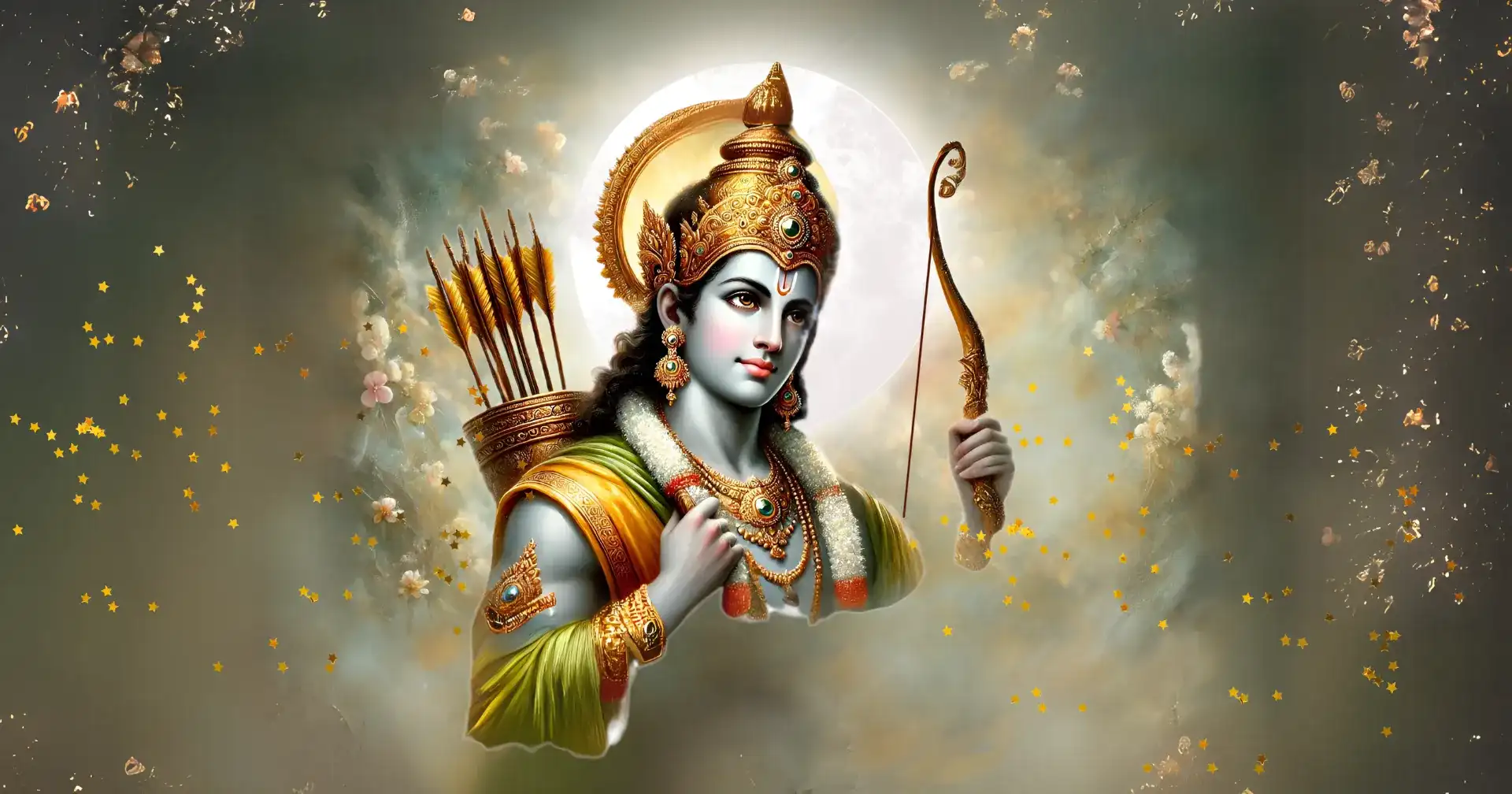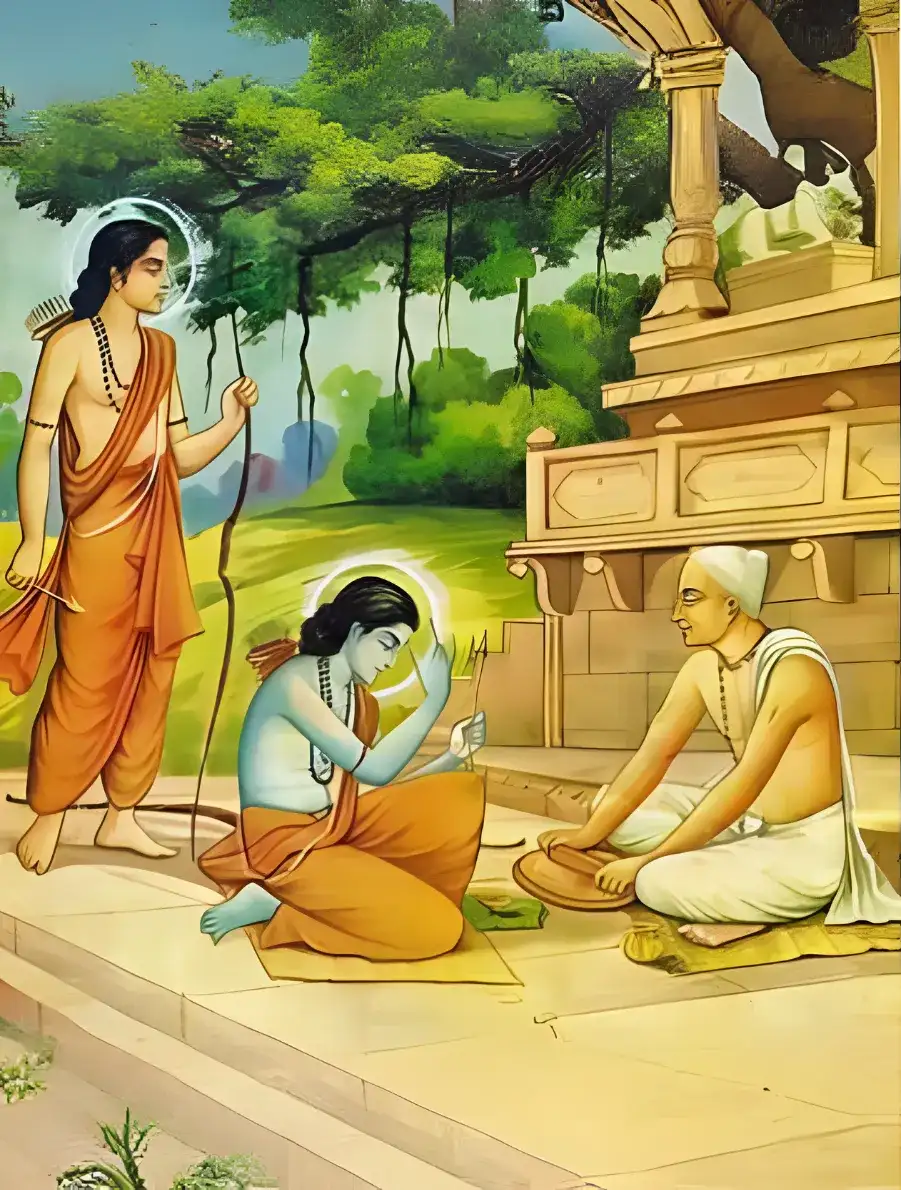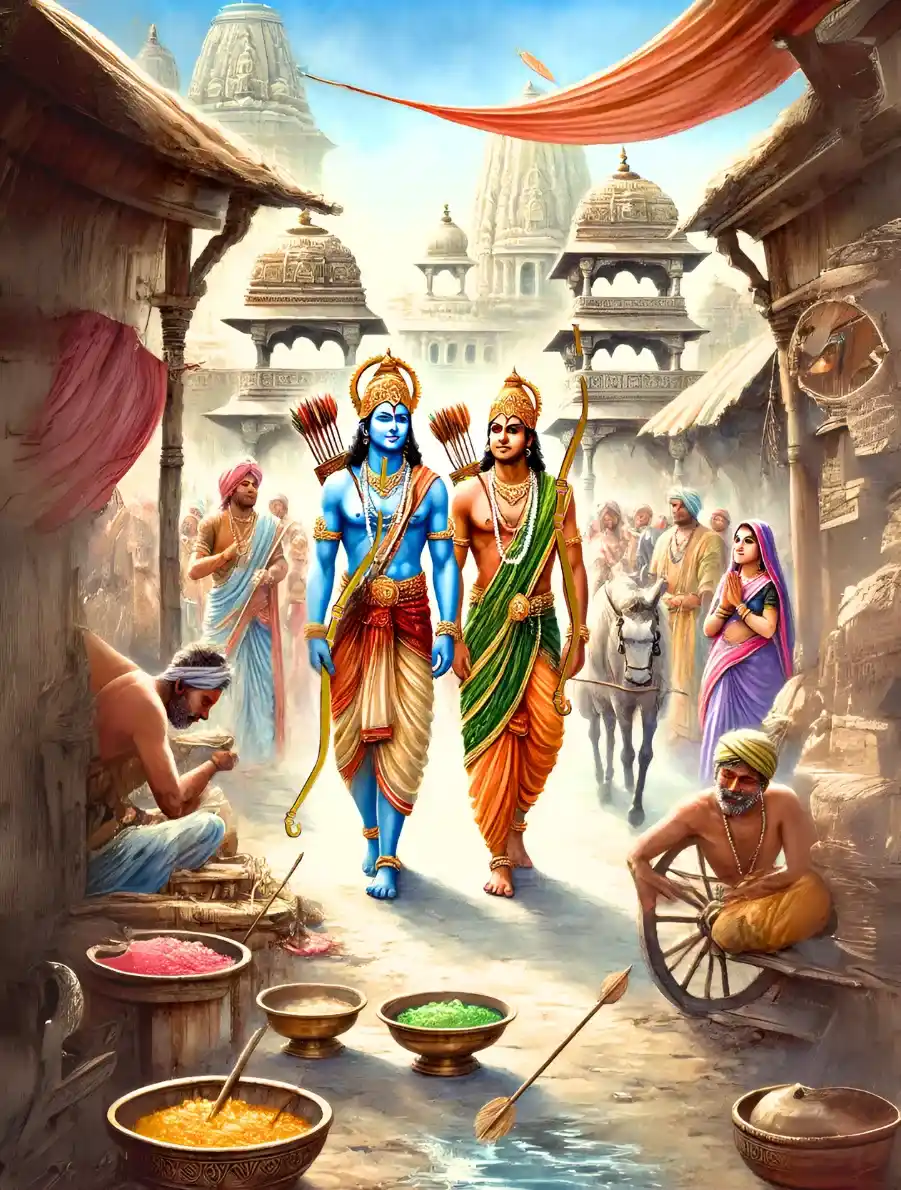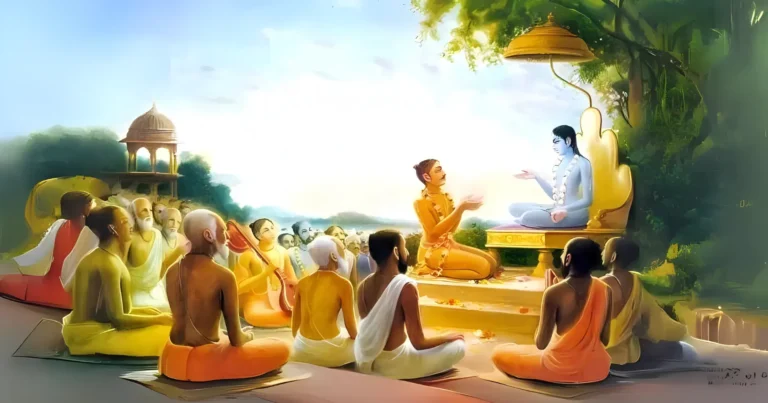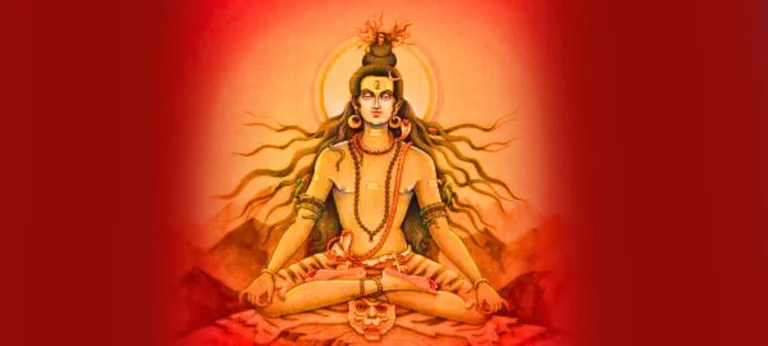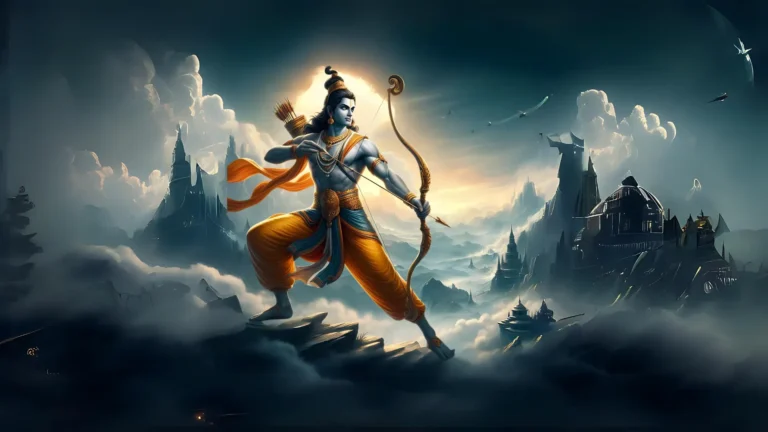Please Like the Blog and Share it for Maximum Reach
Table of Contents
Sri Rama Stuti and Sri Rama’s Qualities
- Sringara Rasa (Divine Beauty): Describes Sri Rama’s unmatched charm.
- Veera Rasa (Heroism): Highlights His warrior spirit and victory over demons.
- Merciful Nature: Showcases His compassion for devotees.
- Harana Bhaya Bhav (Destroyer of Fear): Assures devotees of His protection.
- Divine Manifestation: Emphasizes His role as the Supreme Protector.
Introduction to the Sri Rama Stuti
Shri Ramachandra Kripalu Bhajuman, also known as Sri Rama Stuti, was composed by Goswami Tulsidas, a renowned Rama devotee of the sixteenth century.
The Stuti glorifies Maryada Purushottama Sri Rama, the epitome of righteousness and mercy. This hymn is taken from the Vinay Patrika, a scripture deemed parallel to the Ramcharitmanas, for its devotional depth and splendor.
The Sacred Mood of Sri Tulsidas Goswami
While the Ramcharitmanas narrates the timeless tale of Lord Rama, the Vinaya Patrika is a collection of short devotional hymns, where the great poet saint humbly and unhesitantly accepts his flaws. Seeking the Lord’s unconditional love, the seer deems himself unqualified and undeserving, urging the Lord to cast His merciful glance at him.
Tulsidasji’s heartfelt confessions reveal the heart of devotion, where one truthfully submits one’s defects at the Lord’s lotus feet like flower offerings.
The Vinaya Patrika thus stands relatable to the Jeevas of Kaliyuga.
Highlights of the Sri Rama Stuti
The Sri Rama Stuti is extremely short, consisting of 5 verses, its lyrical hymn rings in your ears even after the recitation ends. The hymn ends with a Chanda and Sorattha, which are intrinsic aspects of Hindi poetry writing.
This divine composition consists of both Sanskrit and Awadhi lyrics, granting it a vernacular and ancient appeal.
The Sri Rama Stuti glorifies Sri Rama in Shringara and Veera Rasa (i.e-praising his unparalleled charm and valour), the qualities that attracted the damsels of Mithila. This is because the background of the hymn sets back to the time when Sita Devi asks Gauri Ma the benediction of attaining Lord Rama as Her spouse, to which the Divine Mother happily conceded. We get this context by reading the Chanda and Soratha of the hymn.
Here, One can draw parallels of Divine Love that is common between Srimati Radha Rani , the Gopis of Vrindavan and Srimati Seeta Devi. Sri Radha and Sri Seeta represent Bhakti and both turn to mother Shakti so that Sri Radha attains Leela Puroshottama Sri Krishna while Srimati Seeta Devi attains Maryada Purushottama Sri Rama.
Breakdown of the Sri Rama Stuti
Verse 2 describes Sri Rama’s unmatched charm, a personality more captivating than millions of cupids put together. The descriptions mentioned are soaked in Sringara Rasa, filling the heart with conjugal love towards the Lord, as we imagine the beauteous form of Sri Rama.
Sri Rama is not only charming, but also a brave warrior, a Veera, clearly indicated in the succeeding verse no 3 where he is described as the destroyer of the Demon race, friend of the distressed, and the Hero of Raghukula.
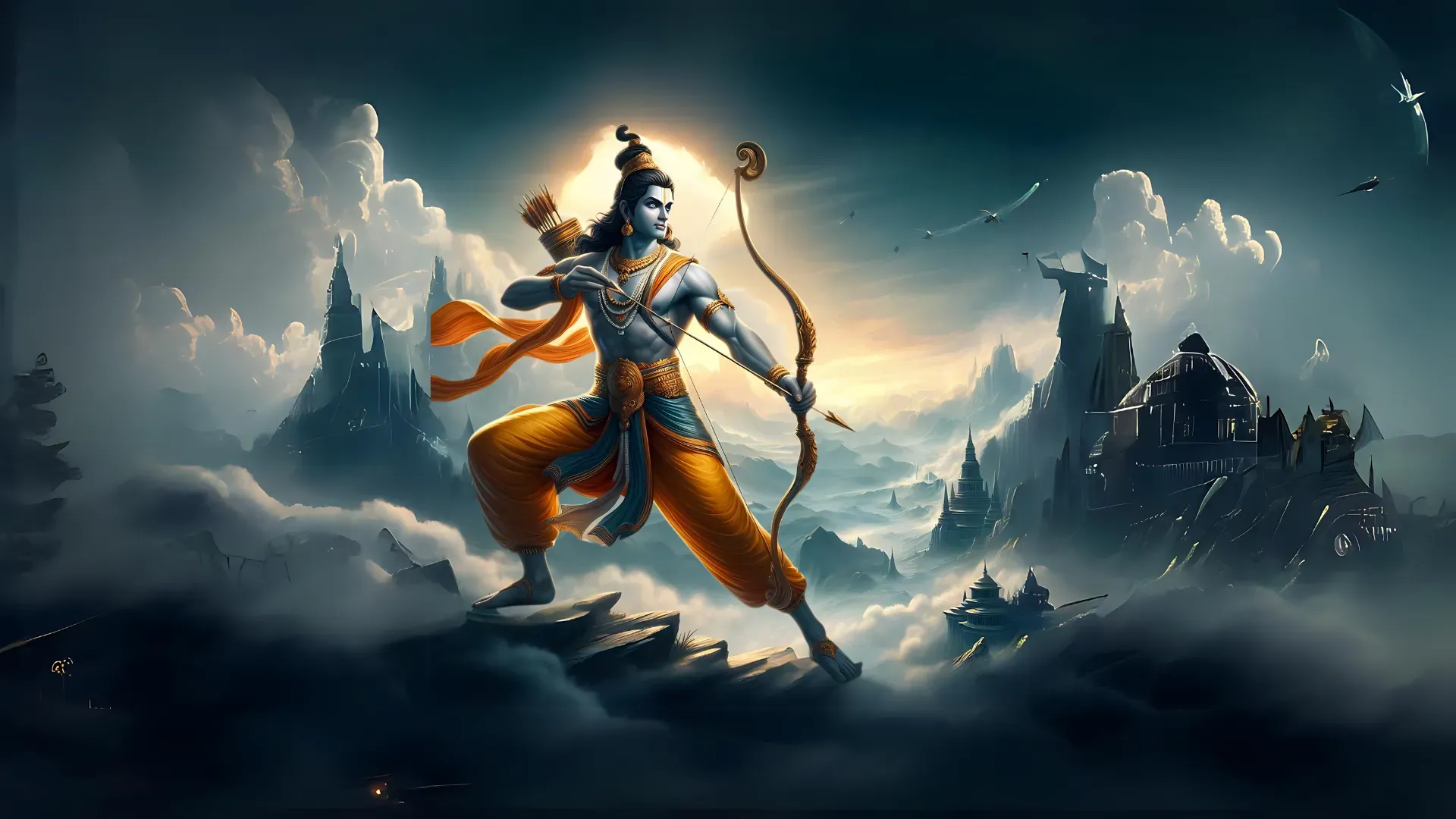
Verse 4, enlist the physical attributes and achievements that distinguish Him as an exceptional warrior, such as His unusually long arms reaching His knees, His golden crown, Earrings, His formidable Bow and Arrow and the killing of the demons Khara-Dushana.
Finally verse 5, the ending verse, is the signature mark of the Vinay Patrika where Goswami Tuslidas, urges the very same Lord to dwell in his heart just as a lotus blooms in mud. He further requests the Lord to remove the vice of desire, lust, anger and greed from his heart.
Here, instead of Goswami Tulsidas being the witness, we should envision ourselves and pray to Sri Rama with deep longing. Also, one should not judge the poet saint of being vice-driven. Goswamiji has placed himself in this humble position, only to demonstrate the traits of an ideal Bhakta.

It is just like a fitness trainer putting himself in a vulnerable position to demonstrate a professional stunt. This act does not question the trainer’s proficiency, instead it marks his dedication to the craft.
Sri Rama: The Destroyer of Fear
Phrases like Harana Bhaya Bhav Darunam, reveals a wonderful side of Sri Rama’s personality, which his devotees adore. The Lord cannot see His devotees suffer, and hence abducts their worries at once. The word Harana means ‘abduct’ and not ‘remove’, emphasizing the Lord’s readiness in coming to the aid of his devotees. Thus a true worshipper of Sri Rama is undoubtedly freed from the terrifying fears of life and existence.

A material man is bothered by countless fears- financial, domestic and professional. Overthinking has become a way of life today resulting in a variety of psychiatric issues. Living in fear, translates to living in illusion. Fear for a Rama Bhakta, is a far possibility, a fallacy. By hinging our attention on the Supreme Truth, Sri Rama, all fears end for certain.
Manas Puja is not Easy
The mind needs an anchor to cling on. It needs to be kept preoccupied, like a Genie that needs to be given a task every second. If left idle it will consume its master. For the Genie every task is a cakewalk, just as easy it is for the mind to ruminate on material objects.
But the simple task of straightening a dog’s tail can tire even the mighty Genie. Same is the state of a material man who tries meditating on Sri Rama’s form or chanting His divine name 24/7.
Benefits of Sri Rama Stuti
Chanting Sri Rama Stuti has many benefits.
1) A Worry-free existence: The most obvious benefit is the removal of fear and onset of peace. Peace of mind is guaranteed when the devotee vows to follow the footsteps of His Guru and pursue devotional service.
2) Obtaining one’s desired Spouse: is another benefit that is rather material. As favoured by Gauri Ma, Sri Sita Devi obtained her desired bridegroom, and thus the recitation is conducive for unmarried girls.

3) Developing Virtues and removal of Lust, Anger and Greed: The three pronged trident of Lust, Anger and Greed are the root cause of sin that attach us to material life. The line मम हृदय-कंज निवास कुरु, कामादि खलदल – गंजनम् l invites Lord Rama into our hearts, ensuring the destruction of inner evil.
On reciting the Sri Rama Stuti, with focussed intent, the vice of lust, greed and anger stop agitating the mind, provided one is sincere.
4) Increase Devotion and Strengthen the relationship with Lord Rama: The Stuti is a wonderful means to communicate with Lord Rama, express gratitude and convey your mood of service.
7/8 Questions from Sanatana Dharma
The scores generated in this Quiz may or may not be absolute. There may be right or wrong answers to each Question. A percentage towards 100 indicates that you are more aligned to the overall subject matter.
The Process of Reciting This Stuti (Do’s & Don’ts)
In your temple, install a photo of Ram Darbar or brass deities of Sri Rama, Sita, Lakshmana and Hanumanji Maharaj. Every Morning, at 8:00 am, light a diya or mud lamp and offer a glass of milk for the Lord. Then recite the Ram Stuti with devotion by waving a bell and dhoop (Indian Incense). Conclude the Arati by offering Sashtang Dandavat.
Do this short arati everyday, and you shall start seeing positive changes. There is another proven method of recitation, the Ishta Deva Roopa Dhyana technique. For this, one must sit in an asana, after a bath preferably, either in the morning or evening.
Choose a quiet corner of your home and everyday perform Sadhana at that very spot. Keep a laminated photograph of Rama Darbar, with you while sitting for meditation. I suggest practicing the stotram a couple of times and reading its meaning before taking the sankalpa. This shall ensure fluency and deeper focus.
You can watch our video on how to take sankalpa to know more.
At the beginning phase you may read the lyrics from a book, but it is best to memorize the stuti beforehand. Based on the meaning of each word, one needs to shift one’s attention to the described part of the Lord’s form.
For instance, while singing the phrase नवकंज लोचन, कंज-मुख, कर-कंज पद कंजारुणम् , fix your eyes on the Lord’s lotus like eyes, face, hands, and feet. Similarly for the phrase सिर मुकुट कुंडल तिलक चारु उदारु अंग विभूषणम् । focus on the Lord’s crown, earrings, tilak and ornaments decorating His various limbs, while seeing the photograph. Thus, you need to map the meaning of the Stuti with the photograph of the Lord. This ensures that our recitation stems from awareness, without sounding mechanical.
Also, the discussed method requires a lot of effort, patience and practice. But it is the most effective and proven technique for inner cleansing.
A few Important points to keep in mind while Chanting
Avoid recitation if food habits are unclean. Kindly follow a Vaishnava lifestyle, (i.e) abstinence from onion, garlic and non-vegetarian food for best results. Non-vegetarian Food is strictly prohibited, especially while worshipping Sri Vishnu forms. Through sadhana, we are elevating our consciousness.

However, eating non-veg or onion garlic is like pouring cold water on the bon-fire ignited through sadhana. One must avoid this. Furthermore, celibacy or Brahmacharya is key in ensuring success in Sadhana. Most practitioners fail miserably at this stage, leading to their spiritual downfall.
Please Like the Blog and Share it for Maximum Reach
You display your love by reading this valuable material. So kindly read and consider financially supporting us to keep our efforts going with renewed vigor! Supporters in India can donate via Razorpay while those abroad can use PayPal!

